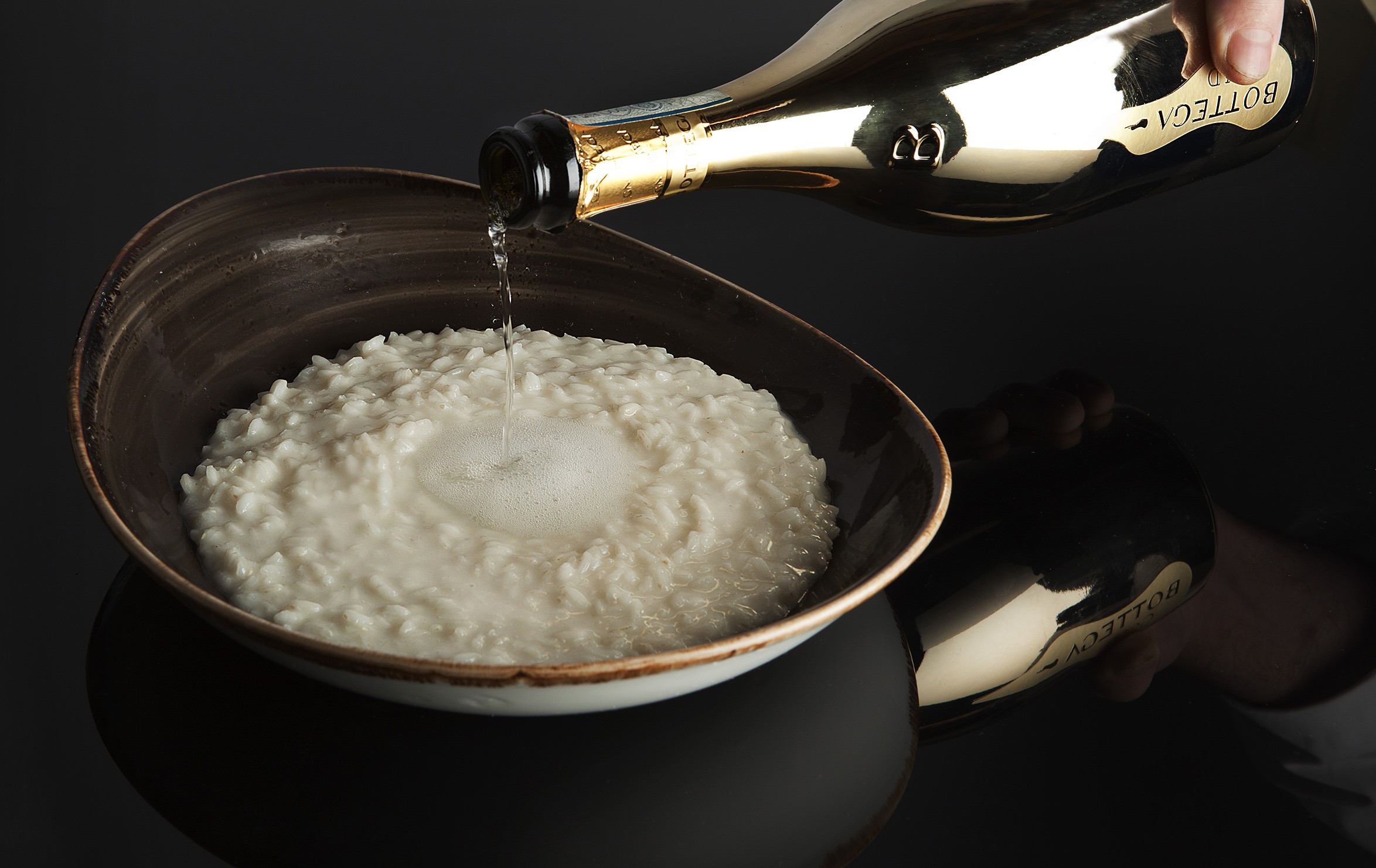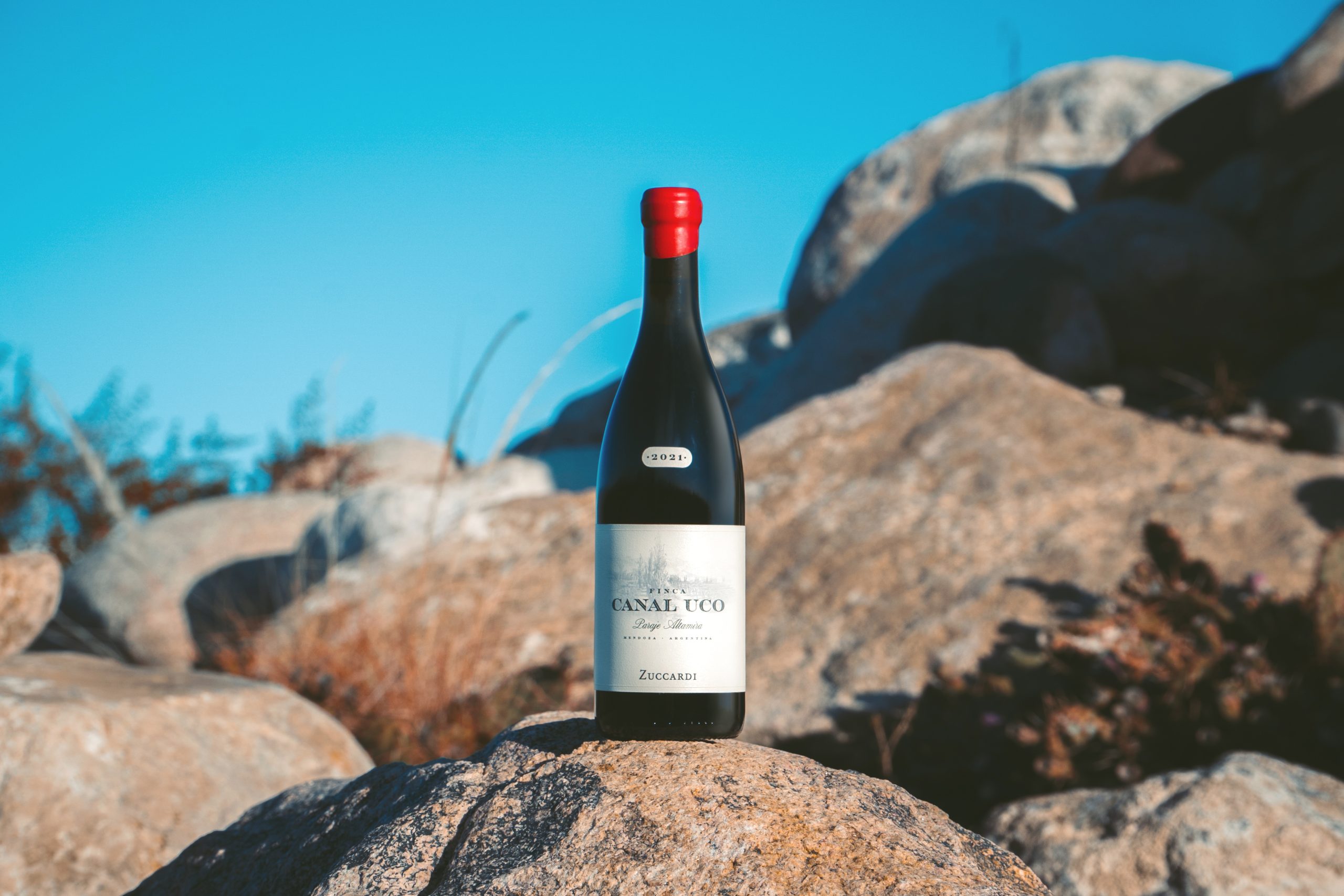Fine wine investment: Pomerol and Lafleur
Pomerol has been in the news of late, as 20% of arguably the most prestigious name in wine circles has changed hands. There are châteaux with a longer history, but few with the cachet of Petrus. The difficulty with Petrus from a wine investment perspective is that it comes at a very high price point, so only portfolios of significant size can accommodate a weighting, which is why we devote relatively few column inches to it.
It does, however, epitomise an appellation within which we find a number of bargains, whose producers most investors should be exposed to.
Today we are looking at Lafleur, which many suggest might sit not too far below Petrus in terms of quality. Certainly it has its fair share of 100 pointers, and never fails to create an outstanding wine in a decent vintage. We are used to Neal Martin downgrading Parker scores when he was resident at The Wine Advocate, but the 2010 he actually upgraded from Parker’s 96+ to a much healthier 99.
What has caught our eye recently is the performance of many of the wines over a period in which Bordeaux in general is considered to have struggled. If we allow that the current rally began in earnest towards the end of 2015, we can see from the chart below that the Liv-ex 100 tracked the Liv-ex 1000 pretty closely through to March 2017:
From that point the broader index has steamed ahead, while the ‘100’ has enjoyed a gentler ascent. This, we can argue, is because the non-Bordeaux constituents of the ‘1000’ have outperformed those of Bordeaux, although over the same period wine prices from the Rhône can also be said to have languished. We also note over the same period that the Liv-ex platform’s constant refrain has been of diminishing market share for Bordeaux.
Interestingly enough, over precisely this period, Lafleur has been performing admirably. The Liv-ex 100 has risen just over 4%, the Liv-ex 1000 just over 15%, while the average rise for the last 20 physical vintages of Lafleur has been 22.33%. This is not a scenario played out throughout Pomerol; as we have highlighted many times the extreme value resident in L’Eglise Clinet and to a lesser extent L’Evangile results precisely from their underperformance against the indices.
Our analysis also reveals that the average price rise of 22.33% is dragged down by three vintages in particular: 2011, 2012, and 2013, whose movements respectively over the focus period were -3.13%, 0.00% (flat, in other words), and +0.88%. These are old friends, of course, these three infamous vintages in Bordeaux, for it was these very three which post-dated the market correction and were in consequence very much left unsold.
We have talked about this in the recent past. In the circumstances prevalent for the 2011s, 2012s, and 2013s there is a period of significant underperformance whilst this excess supply finds a home, but eventually this all unwinds and many of them have rallied well in the last 18 months or so. Nor is the market place any respecter of names. Petrus and Le Pin were in the doldrums for a while, just as much as the Second Wines and the Beychevelles of this world, but most of them have rebounded handsomely of late.
Partner Content
So, why haven’t the Lafleurs? There is no reason whatsoever, as far as we at Amphora are concerned. They now look like great bargains to us, as demonstrated by this page from the algorithm:
What this chart also illustrates is the value resident in some of the back vintages. These would also be good investments, but on balance we would favour the more recent as there will be fewer liquidity issues, which is a consideration given Lafleur only makes around 1,000 cases each year. As a point of comparison Petrus makes 2,500.
We are also interested in the ‘off’ vintages because of the marked pricing disparity between them and the ‘on’, which is amply shown in the column differentials above. It is not as though the off vintages are poorly rated wines either. The 2008 scores 96 and there are plenty of 95s, 94s and 93s. We believe that there is every chance that a lot of these wines will be dragged up by those of a higher value, beginning with 2011 and 2012, around £3,100 and £3,800 a case respectively.
We have also been asked what the implication might be, if anything, of the price paid for the 20% stake in Petrus, for the fine wine market place. The fact is that if the headlines are true the Petrus estate is valued at a cool €1billion, which is off-the-scale higher than any other valuation in the commune.
We strongly caution against reading anything at all into this. Estates are bought for any number of reasons, and the valuations paid especially for ‘grands marques’ like this are more akin to the realms of works of art and are simply not transferable in any meaningful way. There is certainly no ‘ready market’ for châteaux anyway, and while quite rightly most owners are trying to be as profitable as possible there is little to infer from purchases over the last few years other than a sense that the market is internationalising, of which we already have plenty of evidence.
Philip Staveley is head of research at Amphora Portfolio Management. After a career in the City running emerging markets businesses for such investment banks as Merrill Lynch and Deutsche Bank he now heads up the fine wine investment research proposition with Amphora.




